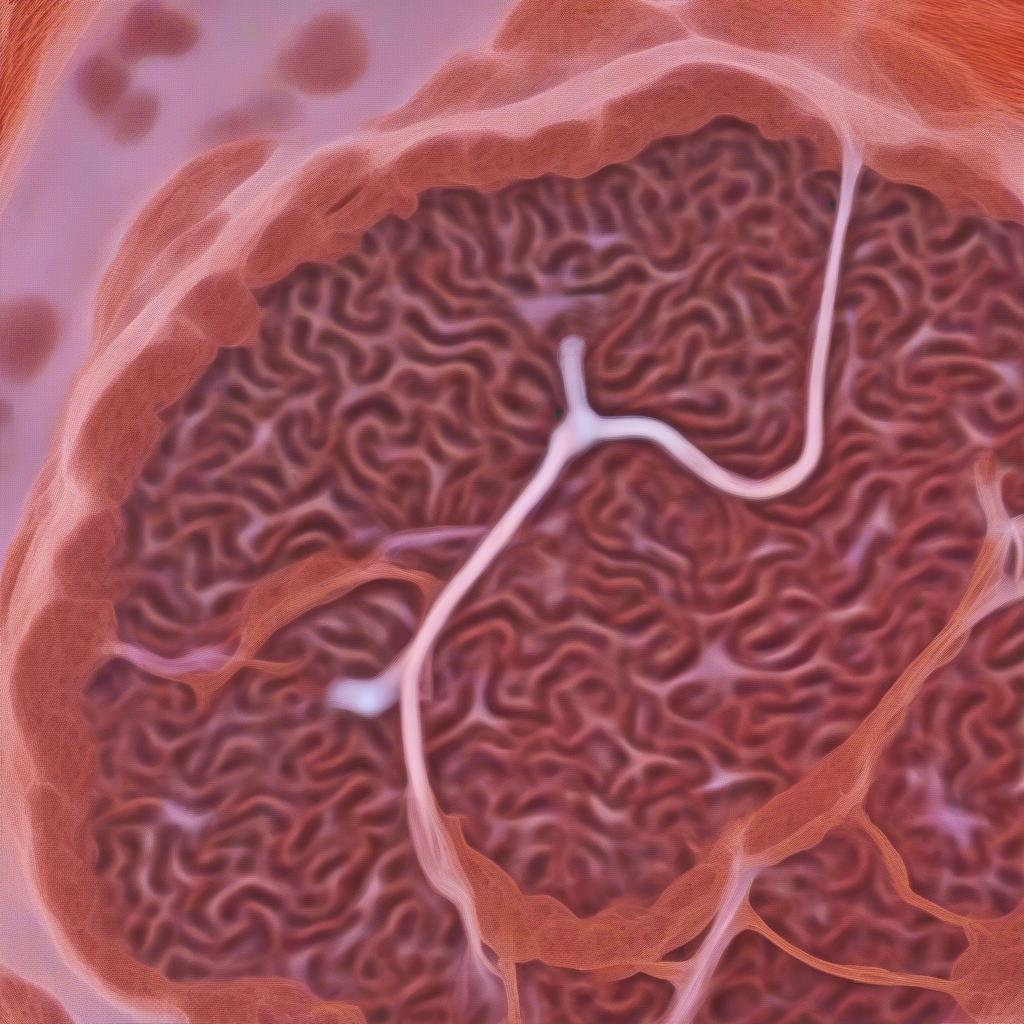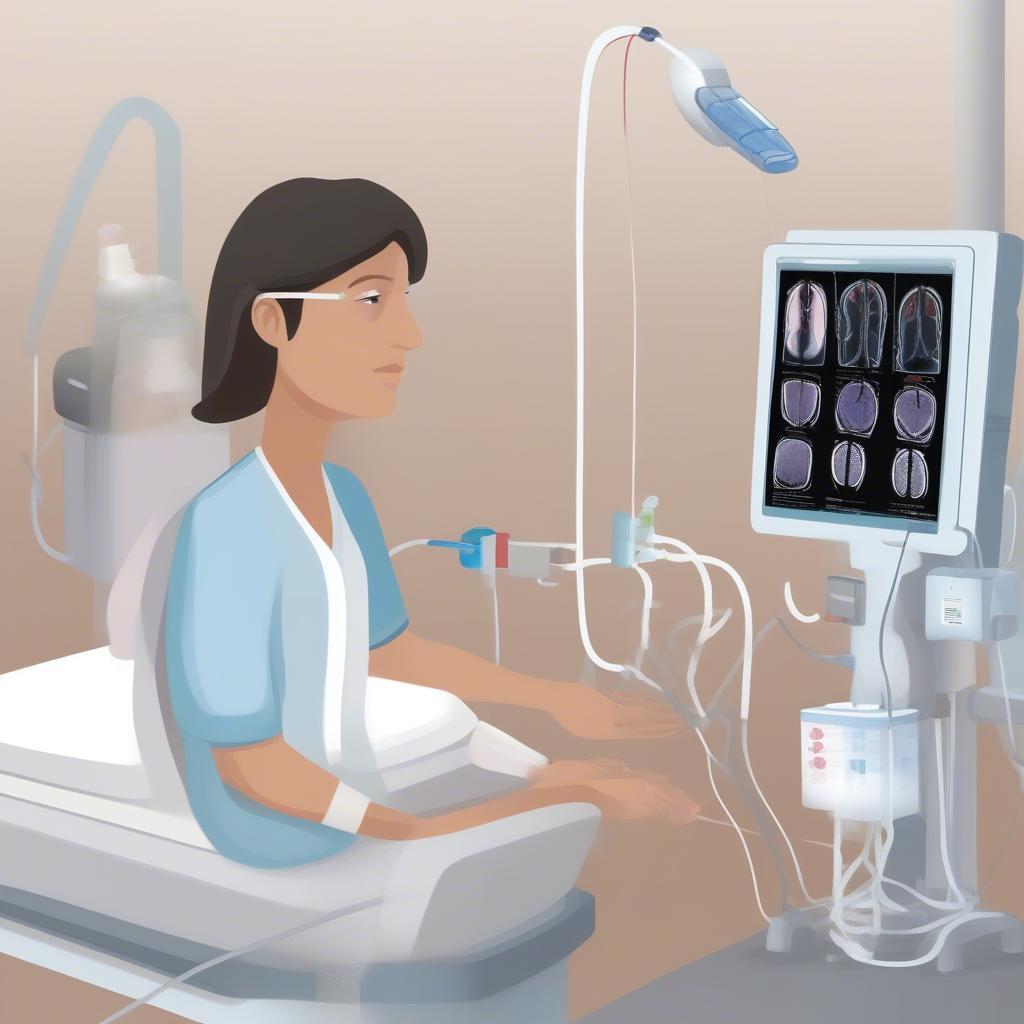Basket Weaving
Typical Basket Weave Appearance of Alport’s
Alport syndrome, a genetic disorder affecting kidney function, can sometimes manifest in a unique way within the kidney tissue itself. This manifestation often resembles a “basket weave” appearance when examined under a microscope. This article will delve into the typical basket weave appearance of Alport’s syndrome, explaining its significance and how it aids in diagnosis.
Understanding Alport Syndrome and Its Impact on Kidneys
Alport syndrome primarily affects the filtering units of the kidneys, called glomeruli. Over time, the disease leads to scarring and damage to these glomeruli, impairing their ability to filter waste and excess fluid from the blood. This damage ultimately leads to chronic kidney disease and, in many cases, kidney failure.
The Characteristic “Basket Weave” Appearance
One of the key diagnostic features of Alport syndrome is the distinctive “basket weave” appearance of the glomerular basement membrane (GBM). The GBM is a thin, supportive layer that acts as a filter within the glomerulus. In Alport syndrome, the GBM becomes thickened and irregular, forming a pattern resembling the interwoven strands of a basket. This characteristic appearance is visible under an electron microscope and is a crucial indicator for pathologists examining kidney biopsies.
 Alport's Syndrome Glomerular Basement Membrane
Alport's Syndrome Glomerular Basement Membrane
How the Basket Weave Appearance Occurs
The basket weave appearance is caused by genetic mutations that affect the production of type IV collagen, a crucial component of the GBM. These mutations disrupt the normal structure and function of the GBM, leading to its thickening, splitting, and layering – creating the characteristic interwoven pattern. Different genetic mutations can result in variations in the severity and progression of the disease, as well as the prominence of the basket weave appearance.
Diagnosing Alport Syndrome: Beyond the Basket Weave
While the basket weave appearance is a significant diagnostic marker, healthcare professionals use a combination of methods to confirm Alport syndrome. These include:
- Genetic testing: Identifies specific mutations in the genes responsible for type IV collagen production.
- Urine tests: Check for the presence of blood and protein, indicating kidney damage.
- Kidney biopsy: Allows for direct examination of the kidney tissue under a microscope to identify the basket weave appearance and assess the extent of damage.
- Family history: Alport syndrome is often hereditary, so a family history of the disease can be indicative.
Living with Alport Syndrome: Management and Treatment
Currently, there is no cure for Alport syndrome, but treatment focuses on managing the symptoms and slowing the progression of kidney disease. This may involve medications to control blood pressure, manage proteinuria (protein in the urine), and slow the decline in kidney function. In advanced stages, dialysis or kidney transplantation may become necessary.
What does the basket weave appearance mean for prognosis?
The prominence of the basket weave appearance itself doesn’t directly predict the disease’s progression. However, the severity of the GBM changes observed in a biopsy can offer some insights into the extent of kidney damage. The overall prognosis depends on several factors, including the specific genetic mutation, age of onset, and how well the disease is managed.
 Alport's Syndrome Treatment
Alport's Syndrome Treatment
Conclusion: Understanding the Basket Weave and Alport Syndrome
The typical basket weave appearance of Alport’s syndrome is a critical diagnostic feature that helps identify and understand this genetic kidney disorder. While the appearance itself isn’t a direct predictor of disease progression, it plays a vital role in diagnosis and guiding appropriate management strategies.
FAQ
- What is the basket weave appearance in Alport syndrome? The basket weave appearance refers to the characteristic pattern seen in the glomerular basement membrane (GBM) under an electron microscope.
- How is Alport syndrome diagnosed? Diagnosis involves genetic testing, urine tests, kidney biopsy, and reviewing family history.
- Is there a cure for Alport syndrome? No, but treatment focuses on managing symptoms and slowing disease progression.
- What are the treatment options for Alport syndrome? Treatment includes medications, dialysis, and kidney transplantation in advanced cases.
- What causes the basket weave appearance? Genetic mutations affecting type IV collagen production cause the GBM to thicken and form the basket weave pattern.
- How does the basket weave appearance impact prognosis? While not directly predictive, it offers insights into the extent of kidney damage.
- Is Alport syndrome hereditary? Yes, it is often passed down through families.
If you need assistance, please contact us at Hanoi, Vietnam or Tech Avenue, Suite 12, San Francisco, CA 94105, USA. We have a 24/7 customer support team.
